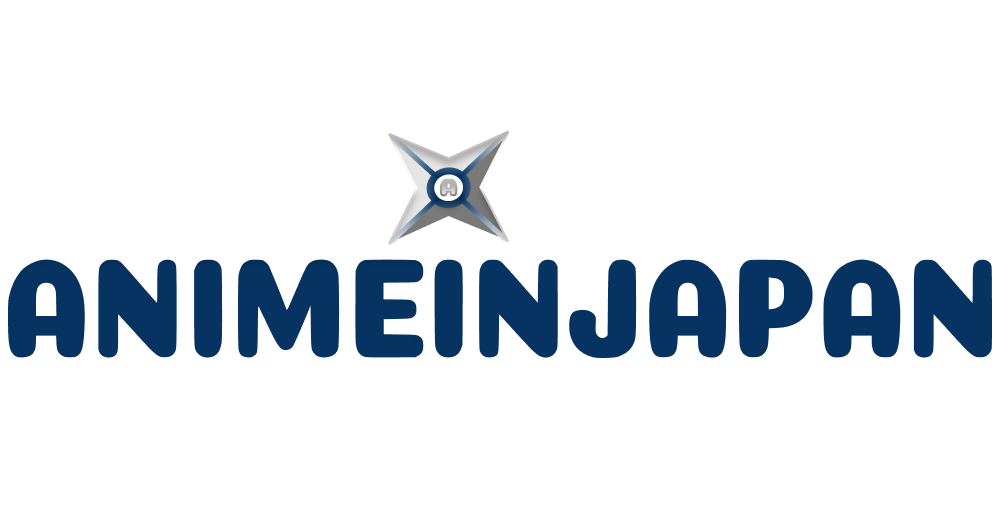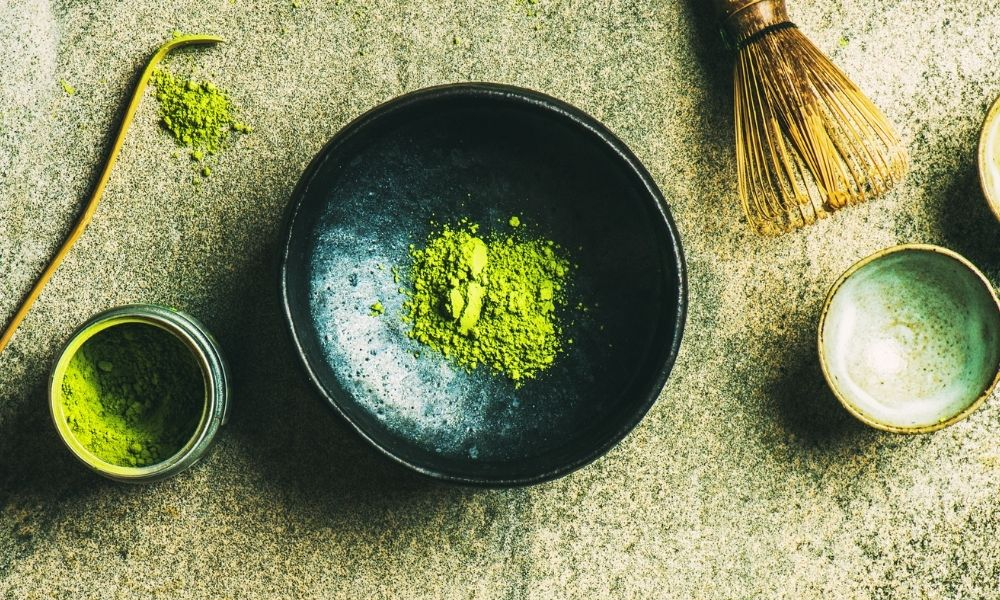Find Your Life’s Purpose with “Ikigai”
Ikigai (pronounced “ee-key-guy“) is a beautiful Japanese culture that loosely translates to “a reason for being.“ It embodies the Japanese philosophy of finding your purpose, finding joy in everyday activities, and living a fulfilling life.
In Japan, people often say, “I feel ikigai every day,” or “I finally found my ikigai.” This concept, however, appears to be unique to Japan. The idea that having a purpose enriches one’s life has been gaining attention in overseas media.
The Concept of Life’s Purpose Spreading Globally
People abroad highly value “ikigai” as a novel concept, though it is familiar in Japan. No specific English word directly translates to the Japanese term “ikigai.” People simply interpret mono no aware as the pursuit of meaning in life.
The word’s origin surprisingly traces back to “kai” (貝), the Japanese word for “shell.” According to Japanese Businesses Insider, shells held significant value during the Heian period (794-1185). From this, the word “kai” (甲斐), meaning “worth” or “benefit,” emerged to represent the meaning of life.
This unexpected history is quite interesting. A Japanese words iki born in the Heian period is now spreading as an English word.
The Meaning of the Word “Ikigai”
Generally, it means the value of life, a sense of worth, and feeling alive in the present moment.

Combining ‘ikiru’ (to live) with ‘kai’ (worth), where ‘kai’ is the key part. Examples include ‘yarigai’ (fulfillment from doing), ‘hatarakigai’ (worth from working), ‘asobigai’ (enjoyment from playing), and ‘yarasegai’ (satisfaction from making others do something).
The use of “kai” dates back to the Manyoshu poetry collection and The Tale of the Bamboo Cutter from the Nara period (710-794). Although this summary omits specific examples, “kai” in these texts means “something of value or meaning.”
Another helpful reference for understanding the meaning is the origin of the word. The origin of “kai” is ancient, likely dating back to the 11th century BC. At that time, there was no currency, and bartering was the norm. However, people began to use shells as a substitute for currency.
People used these valuable shells, Monetaria moneta, also called “koan-gai” (child-giving shells), as currency. The character “kai” (貝), used in words related to property and valuable items, signifies value. While a detailed explanation will follow in another section, “kai” essentially means something of value from its roots.
Thus, the word easily translates to “the value of living” or “the meaning of living.”
Moreover, the concept of “kai” is highly conceptual. It also conveys the feelings of fulfillment, satisfaction, or happiness in one’s current state of being alive. In other words, it reflects one’s emotional state.
The State of Feeling
If you’re wondering what state does “feeling ikigai” refer to, perhaps it’s something like this:
- When you have a purpose or goal and are working towards achieving it.
- When you feel satisfied and fulfilled in specific actions, like “yarigai” (doing), “hatarakigai” (working), “asobigai” (playing), or “kurashigai” (living).
Purpose involves two aspects: feeling it abstractly and experiencing it through concrete actions or behaviors.
Therefore, we can call it the former state “conceptual ikigai” and the latter state “phenomenal ikigai.”
The Effects of Leveling Up Your ‘Ikigai’ by Not Losing Sight of Your Goals
Having ikigai brings various positive effects. Psychologist Barrie Zill wrote in Forbes about the importance of facing oneself and staying focused on goals.
The BBC analyzed that the secret to surviving Japan’s harsh commuting and working environment might be having purpose.
In the long term of private life, people expect a relationship between purpose and longevity. The BBC focuses on Okinawa, known for its longevity. In this region, where many live beyond 100 years. The older generation strongly feels responsible for passing on their wisdom.
The Independent also pinpoint the dangers of losing one’s ikigai after retirement, such as becoming prone to illness. Having a life goal in the form of ikigai may have a positive impact on health.
The Source of Ikigai’s Values

Next, we need a yardstick to measure when and how much one feels ikigai. We can find that yardstick in the values that determine human actions, behaviors, and will.
Our values shape our lifestyles and views, creating a correlation between these values and the feeling of ikigai.
I believe three factors shape our values: inherited qualities, our upbringing environment, and personal efforts. Therefore, the extent to which one feels ikigai depends on the nature of their values.
Consequently, having more purpose means how to enhance or change these values.
Genetic factors strongly influence the part of values formed by qualities, making it difficult to change. If altered, it may result in a sense of losing one’s identity. Therefore, it becomes essential to enhance or change the parts related to the environment and learned experiences.
Thus, when discussing the enhancement of values, it is crucial to consider both what to enhance and how to enhance it.
Ikigai – Actions and Behaviors
Thinking concretely about how to enhance values, we can consider the following from our actions and behaviors.
First, we can broadly categorize our actions and behaviors into three patterns:
First-person relationship pattern:
These actions and behaviors focus on individual activities, such as reading, or watching theater, done for personal enjoyment.
Second-person relationship pattern:
These actions and behaviors involve interactions between oneself and another person. Including activities such as hobbies, travel, or sports with family or friends.
Third-person relationship pattern:
These actions and behaviors benefit others through activities such as community involvement or volunteer work. Also engaging with a third party or an unspecified number of people.
When analyzing the feeling of ikigai in these three patterns:
- In the first-person relationship, one gains a sense of satisfaction and fulfillment for oneself.
- In the second-person relationship, one gains a sense of presence with the other person, including personal fulfillment.
- In the third-person relationship, one gains a sense of mission by contributing to others. Which also include the benefits of first-person and second-person relationships.
In this way, we can classify actions and behaviors for ikigai.
Finding Your Ikigai

Finding self-purpose is a personal journey. It requires introspection, self-reflection, and a willingness to explore different possibilities. Here are some tips to guide you:
- Reflect on your passions: What activities make you lose track of time? What do you enjoy learning about?
- Identify your skills and strengths: What are you naturally good at? What do people compliment you on?
- Consider the world’s needs: What problems resonate with you? How can you use your talents to make a difference?
- Explore different career paths: What jobs align with your passions and skills? How can you combine your interests with earning a living?
Four Elements of Ikigai for a Better Life
Business Insider recommends focusing on four elements to discover ikigai:
- “what you love”
- “what you’re good at”
- “what the world needs from you”
- “what you can earn from”
To make it simple, “Your ikigai is at the intersection of what you’re good at and what you love.” This is a quote from an author of a book on ikigai, as introduced by The Independent.
According to the same newspaper, it’s also effective to constantly ask yourself, “Why am I doing this task now?” By recognizing unnecessary tasks and allocating time to activities directly connected to your chosen purpose. You can focus on your purpose of continuous improvement of your lifestyle.
It seems that this concept born in Japan is proving useful for improving lives across the globe. Consider re-examining your ikigai by “reverse importing” these four elements introduced by overseas media.
The Japanese Concept: ‘Ikigai’ History
I examined how authors have used the word “ikigai” in book and document titles. Searching through 600,000 titles from Tohan Corporation, I found it appearing sporadically from the 1940s (Showa 20s). Its usage increased significantly from the 1970s (Showa 40s) onward.
Ikigai-related works from the post-war to high economic growth periods focused on reviving lost ikigai. Around the 1970s, when high economic growth began, organizational theories of ikigai emerged, discussing the relationship between organizations and individuals. In the 1980s, theories evolved to focus on ways of living and life goals. In recent times, various new theories have appeared, addressing topics like leisure and life after retirement.
Create A Meaningful Life
Embracing Ikigai can lead to a more fulfilling and meaningful life. When you are living in alignment with your ikigai, you are more likely to experience:
- Greater joy and happiness: You find pleasure in your daily activities and feel a sense of purpose.
- Increased motivation and productivity: Driven by passion and the desire to contribute to something meaningful.
- Improved physical and mental health: Enhanced well-being through a sense of balance and fulfillment.
Discovering Your Ikigai: A Lifelong Journey
Remember, finding your Ikigai is an ongoing process of exploration, growth, and self-discovery. Your passions, skills, and values may evolve, and your Ikigai may shift accordingly. Embrace this journey with curiosity and openness. allowing Ikigai to guide you toward a life of purpose, joy, and fulfillment.
Whether you’re just starting your self-discovery journey or already living aligned with your Ikigai.
Let this beautiful Japanese aesthetic inspire you to find meaning, purpose, and joy in every moment.









